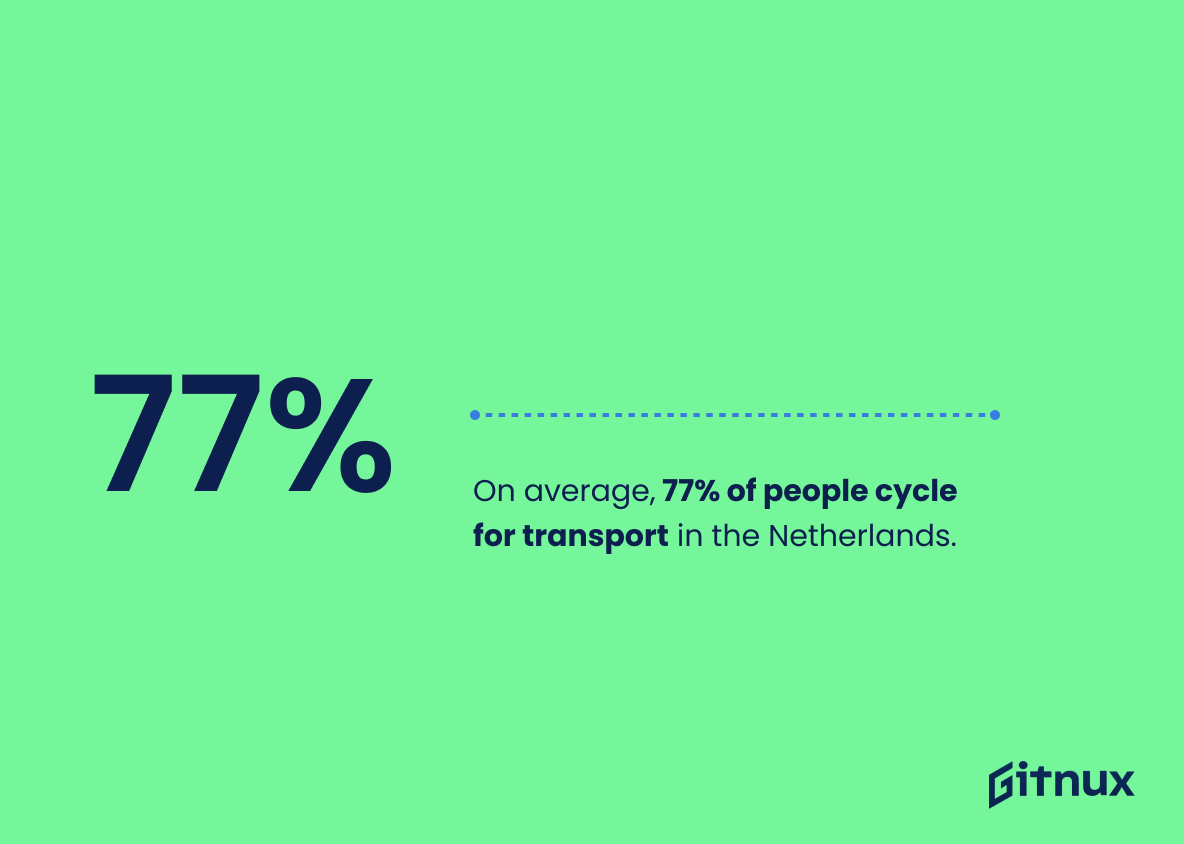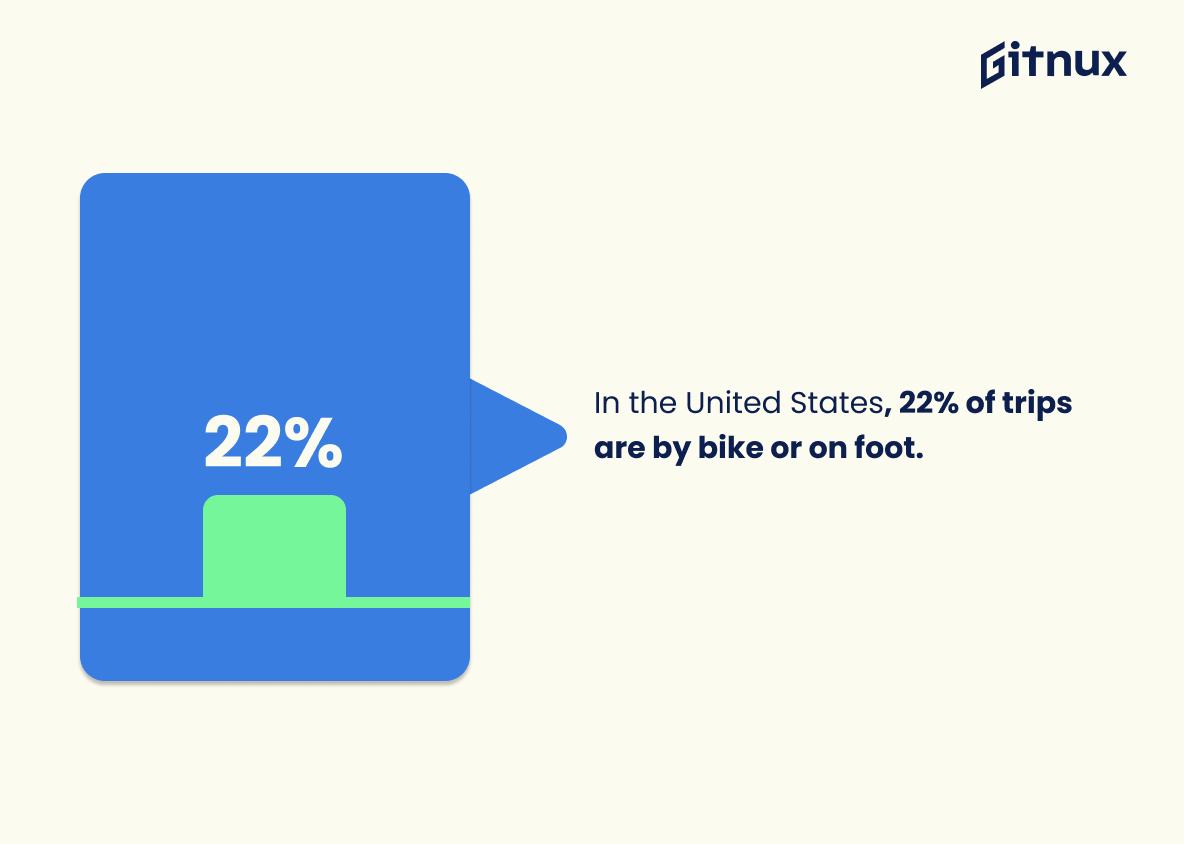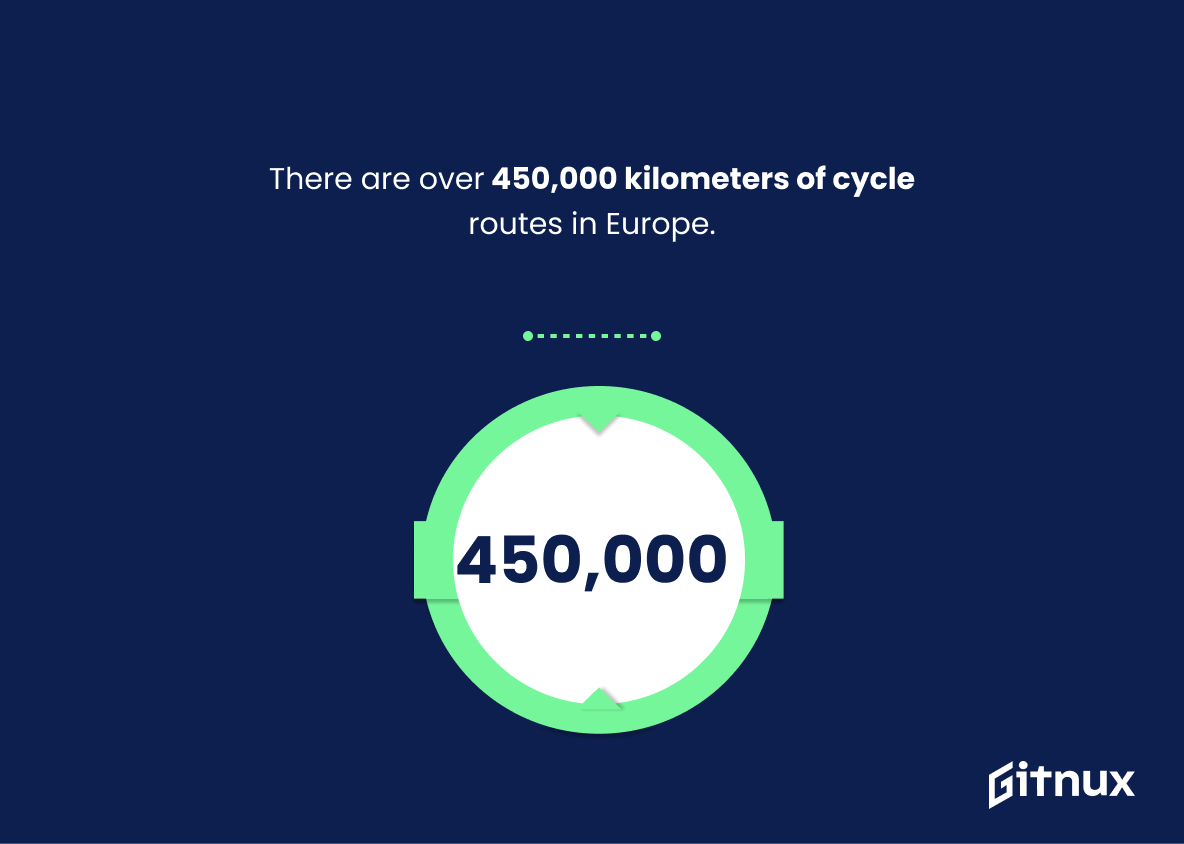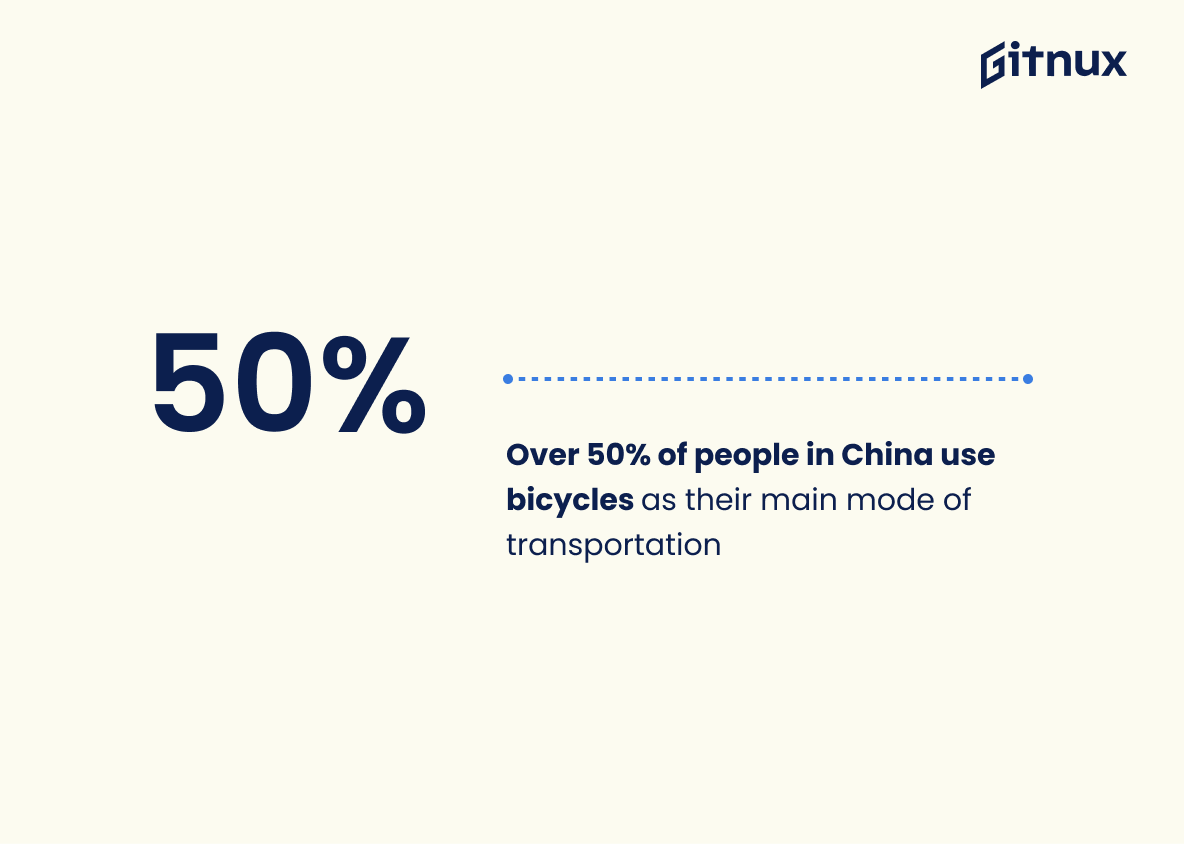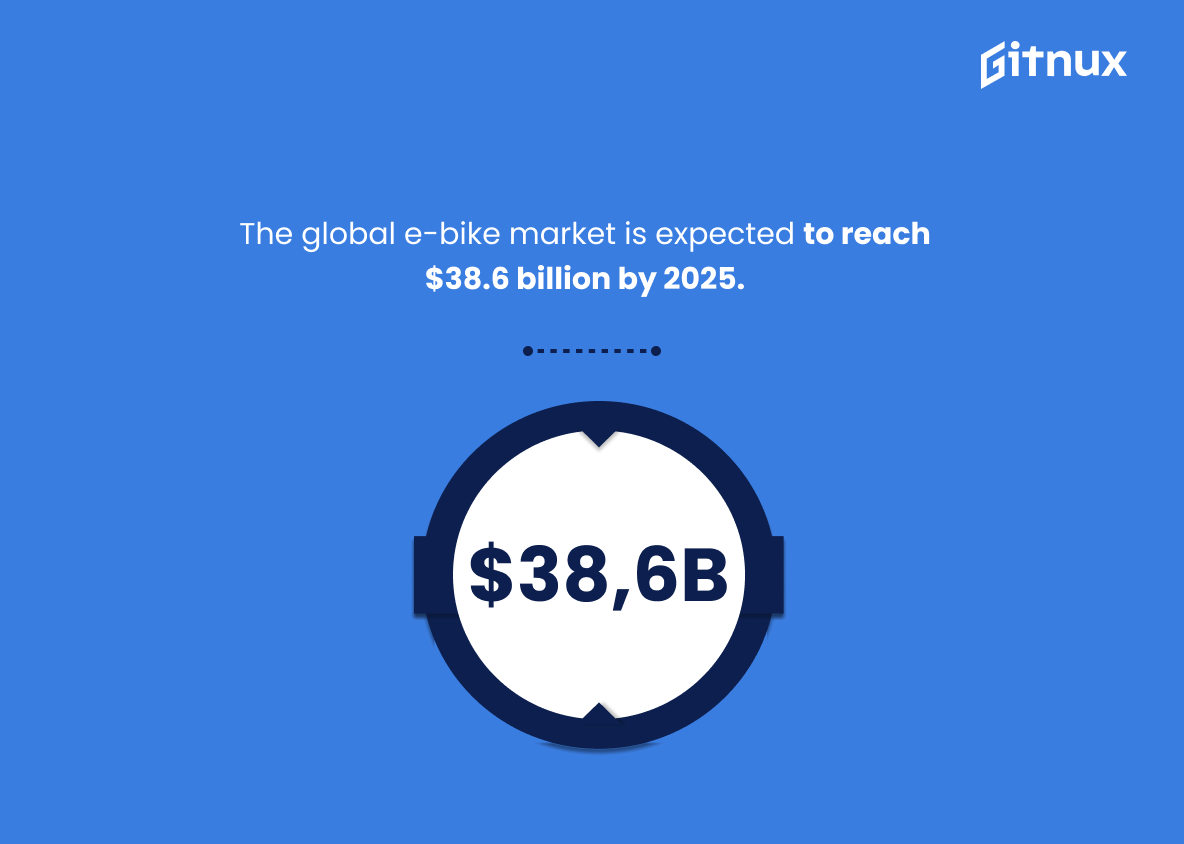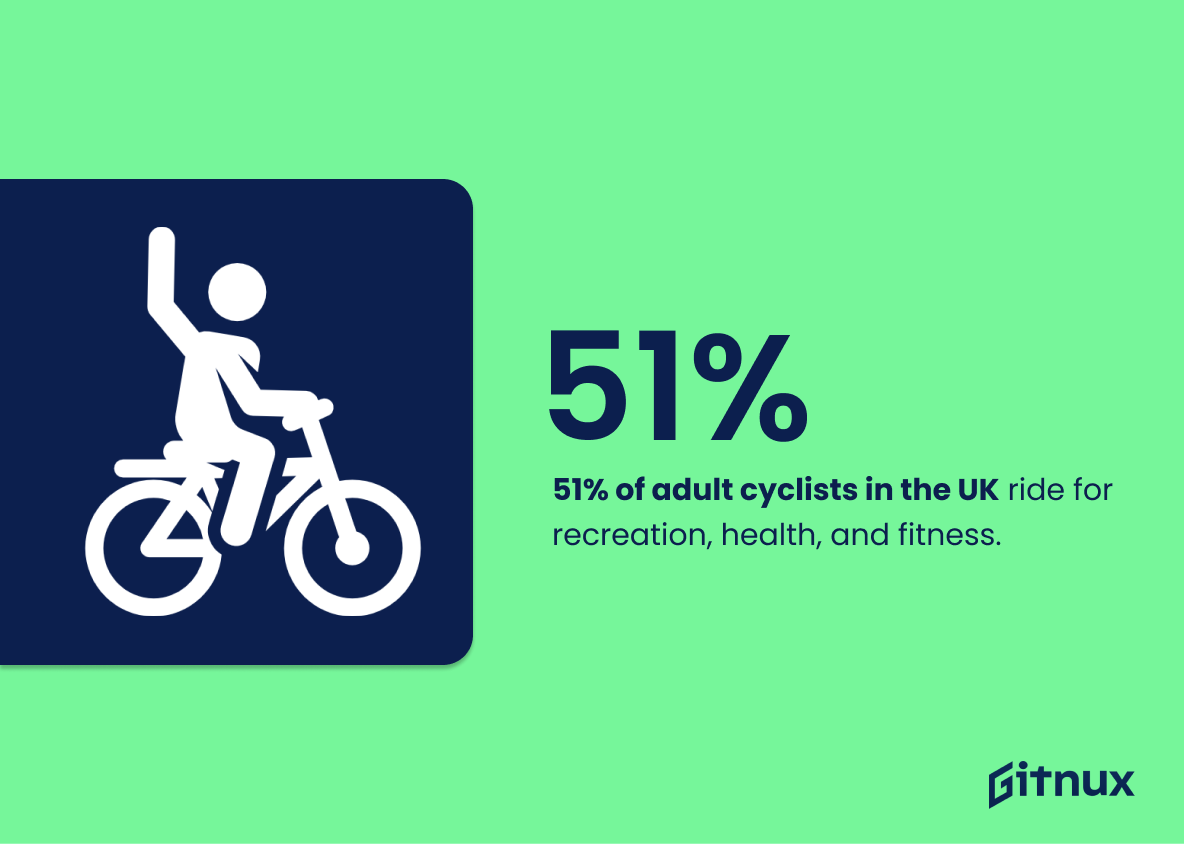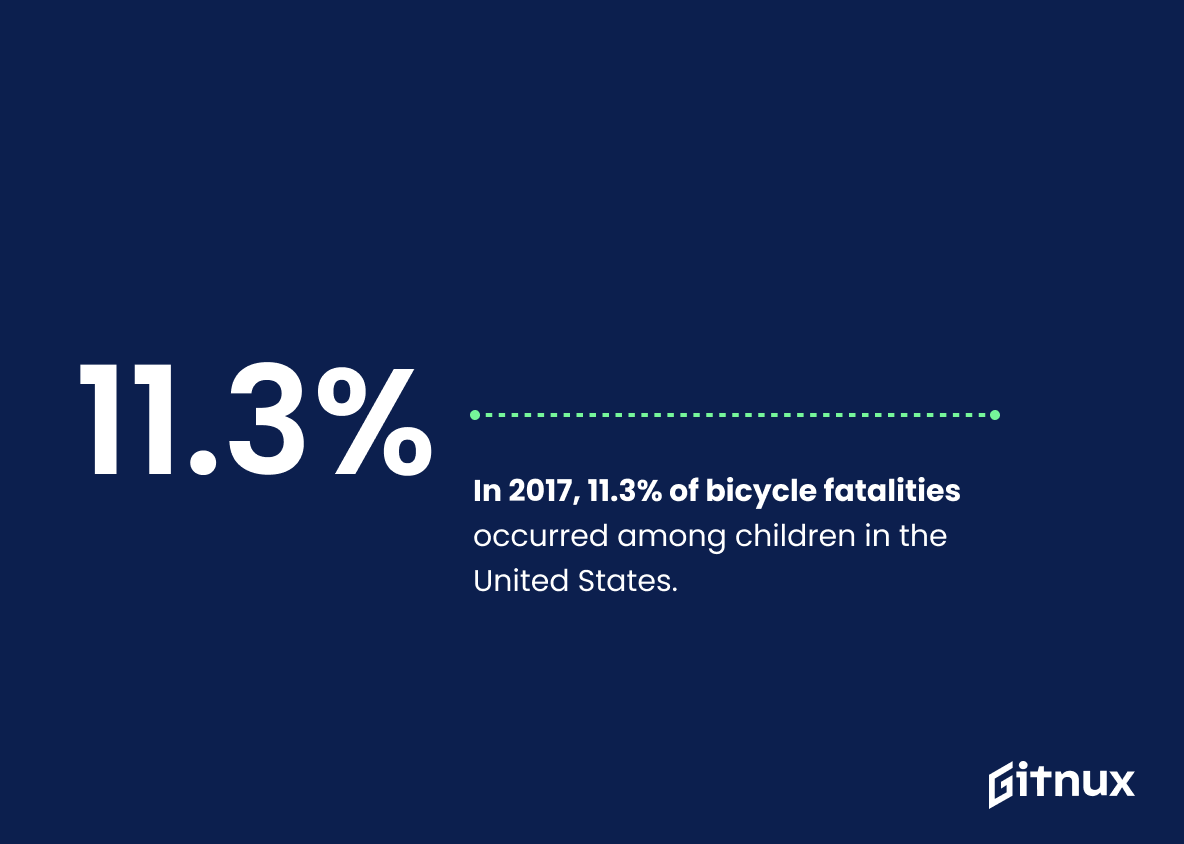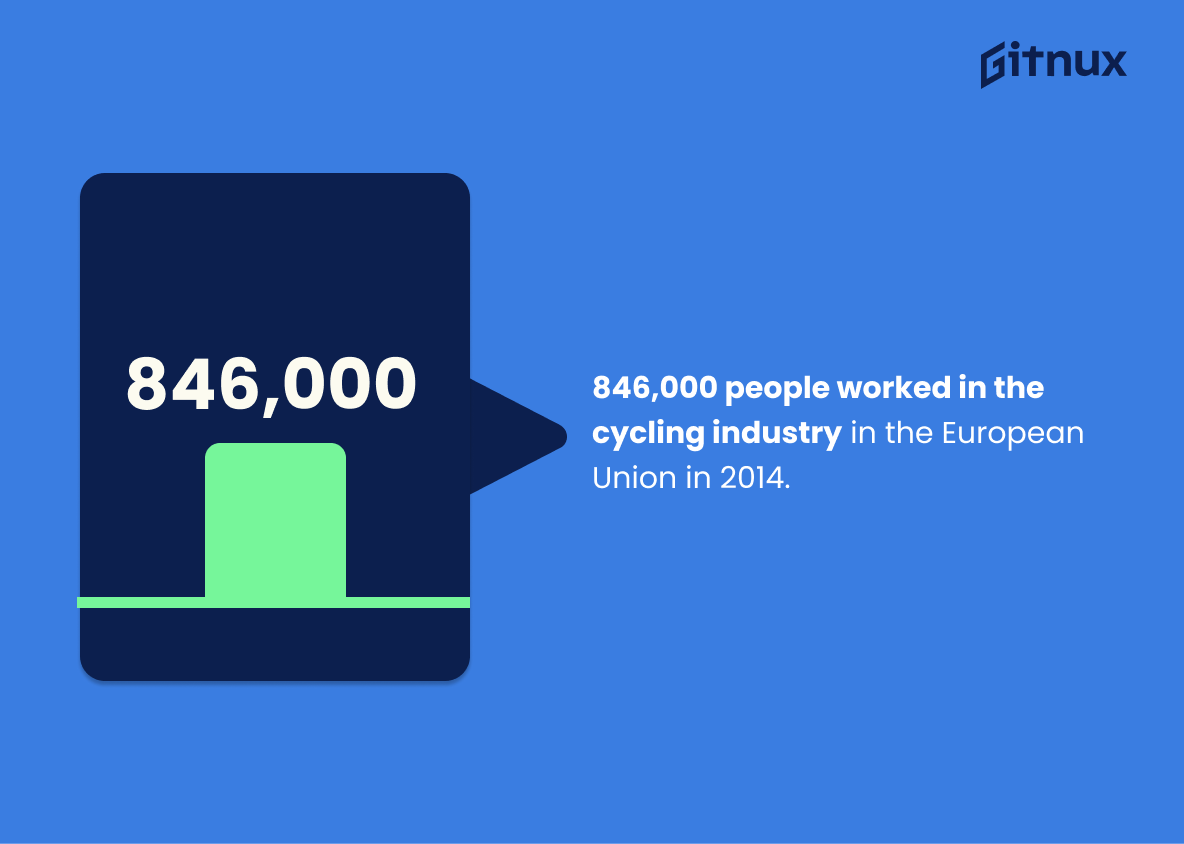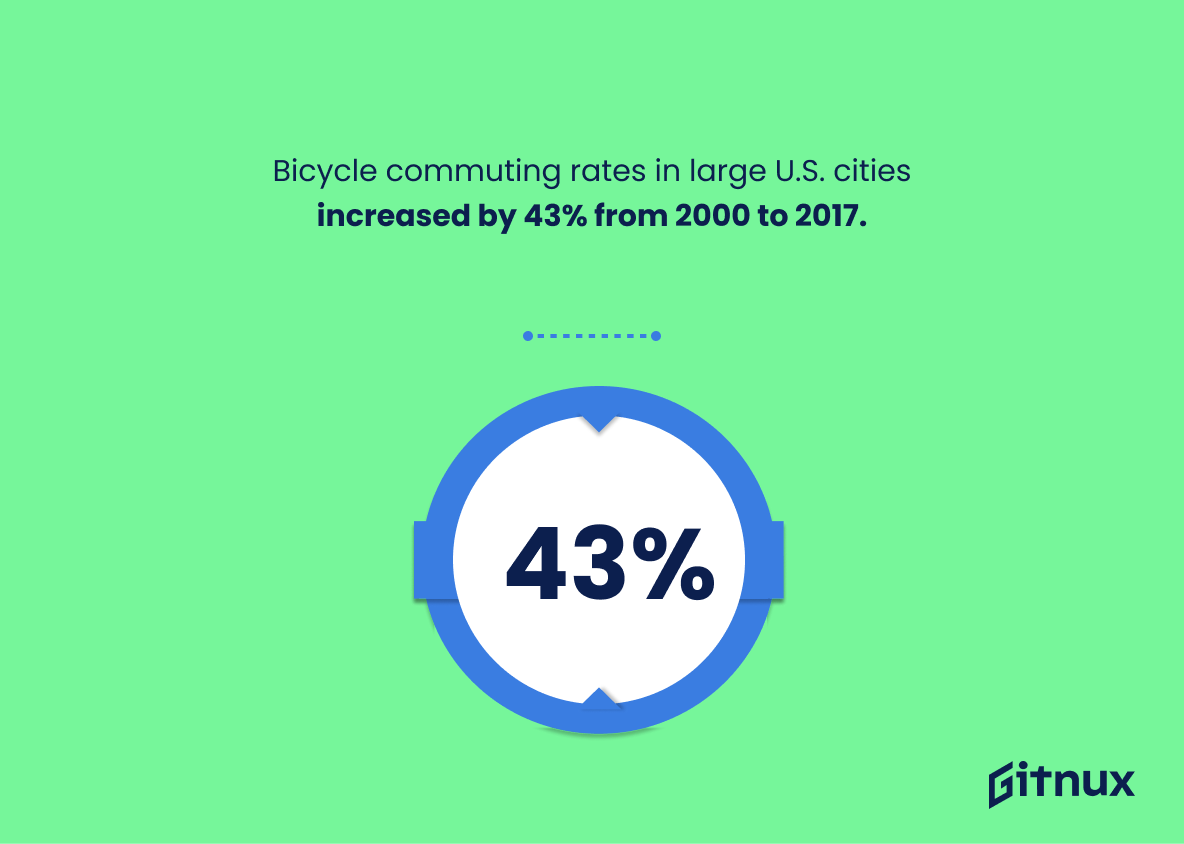Cycling is a popular form of transportation and recreation around the world. From Europe to North America, Asia to Australia, people are taking advantage of the many benefits that cycling has to offer. This blog post will explore some interesting statistics about cycling from across the globe.
We’ll look at how many bicycles are produced each year, what percentage of people cycle regularly, bicycle ownership rates in different countries, e-bike market growth projections and more. So let’s dive into these fascinating facts about biking around the world.
Cycling Statistics Overview
The Netherlands has the highest percentage of bicycle use, at 43% of all trips.
This statistic is a testament to the Netherlands’ commitment to cycling as a form of transportation. It demonstrates that the country has made a concerted effort to prioritize cycling, and that the citizens have embraced this mode of transportation. This statistic is a powerful reminder that cycling can be a viable and sustainable form of transportation, and that it can be successfully implemented in a variety of contexts.
In 2020, 4.4 million bicycles were sold in Germany.
This statistic is a testament to the growing popularity of cycling in Germany. It shows that more and more people are choosing to use bicycles as their primary mode of transportation, which is great news for the environment and public health. It also indicates that the cycling industry is thriving, which is beneficial for the economy.
On average, 77% of people cycle for transport in the Netherlands.
This statistic is a testament to the Netherlands’ commitment to cycling as a form of transport. It highlights the country’s dedication to promoting cycling as a viable and sustainable form of transportation, and serves as an example of how cycling can be successfully integrated into a nation’s transportation system.
In the United States, 22% of trips are by bike or on foot.
This statistic is a testament to the growing popularity of cycling and walking as a means of transportation in the United States. It shows that more and more people are choosing to get around on two wheels or on foot, which is great news for the environment and for public health. It also indicates that cycling and walking are becoming increasingly accepted and embraced as viable forms of transportation, which is a positive sign for the future of cycling.
There are over 450,000 kilometers of cycle routes in Europe.
This statistic is a testament to the growing popularity of cycling in Europe. It shows that cycling is becoming an increasingly viable form of transportation, with more and more people taking to the roads on two wheels. This is great news for the environment, as cycling is a much more sustainable form of transport than cars or buses. It also shows that cycling is becoming a more accessible form of exercise, with more and more people taking advantage of the many cycle routes available. This statistic is a great reminder of the importance of cycling in Europe and the positive impact it can have on our environment.
In 2018, 23% of Copenhagen residents said they cycle to work or school.
This statistic is a testament to the success of Copenhagen’s cycling initiatives. It shows that the city’s efforts to promote cycling as a viable form of transportation have been successful, with a significant portion of the population choosing to cycle to work or school. This statistic is a powerful indicator of the city’s commitment to creating a more sustainable and healthy environment for its citizens.
Nearly 50% of all public transit users in the United States walk or bike to get to their transit stop.
This statistic is a powerful reminder of the importance of cycling in the United States. It shows that cycling is a major part of the public transit system, and that it is an important part of how people get around. This statistic highlights the need for more cycling infrastructure and resources to ensure that people can safely and conveniently access public transit. It also speaks to the potential of cycling to reduce traffic congestion and pollution, and to improve public health.
Over 50% of people in China use bicycles as their main mode of transportation.
This statistic is a powerful reminder of the importance of cycling in China. It highlights the fact that cycling is a major part of the country’s transportation infrastructure, and that it is a viable option for many people. It also speaks to the potential for cycling to be a major part of the transportation mix in other countries, and the potential for cycling to reduce emissions and improve public health.
Cycling is the fourth most popular recreational activity in the United States, with over 40 million participants in 2017.
This statistic is a powerful reminder of the immense popularity of cycling in the United States. It demonstrates that cycling is a widely enjoyed activity, with millions of people taking part in it each year. This statistic is especially relevant to a blog post about cycling statistics, as it provides a tangible example of the sport’s popularity and serves as a starting point for further discussion.
The global e-bike market is expected to reach $38.6 billion by 2025.
This statistic is a testament to the growing popularity of e-bikes, which is likely to have a significant impact on the cycling industry. As more people turn to e-bikes for their transportation needs, the demand for cycling-related products and services is likely to increase, creating new opportunities for businesses in the cycling industry. Furthermore, the growth of the e-bike market could lead to more investment in cycling infrastructure, making cycling a more viable option for commuters.
51% of adult cyclists in the UK ride for recreation, health, and fitness.
This statistic is a powerful reminder of the importance of cycling for recreation, health, and fitness. It highlights the fact that cycling is not only a great way to get around, but also a great way to stay active and healthy. It also shows that cycling is becoming increasingly popular among adults in the UK, which is a positive sign for the future of cycling in the country. This statistic is an important part of any discussion about cycling and its impact on society.
8% of U.S. bike trips are taken by children aged 5-15.
This statistic is a powerful reminder of the importance of cycling for children. It highlights the fact that cycling is a viable and safe form of transportation for young people, and that it can be a great way for them to get around and stay active. It also speaks to the potential of cycling to reduce traffic congestion and pollution, as well as to promote physical and mental health. Ultimately, this statistic serves as a reminder of the many benefits of cycling for children and the need to continue to invest in cycling infrastructure and education to ensure that cycling remains a safe and accessible option for all.
In 2017, 11.3% of bicycle fatalities occurred among children in the United States.
This statistic is a stark reminder of the dangers of cycling, particularly for children. It highlights the need for increased safety measures to protect young cyclists, such as improved bike lanes and increased education about the importance of wearing a helmet. It also serves as a call to action for parents and guardians to ensure that their children are properly equipped and educated about the risks of cycling.
846,000 people worked in the cycling industry in the European Union in 2014.
This statistic is a powerful indicator of the impact of cycling on the European Union’s economy. It shows that cycling is not only a popular recreational activity, but also a major source of employment. This statistic is a testament to the importance of cycling in the European Union, and serves as a reminder of the potential economic benefits of investing in cycling infrastructure and initiatives.
Bicycle commuting rates in large U.S. cities increased by 43% from 2000 to 2017.
This statistic is a testament to the growing popularity of cycling as a form of transportation in large U.S. cities. It shows that more and more people are choosing to ride their bikes to work or school, which is beneficial for both the environment and their health. This statistic is an important indicator of the progress being made in promoting cycling as a viable form of transportation, and it should be highlighted in any blog post about cycling statistics.
Conclusion
The statistics presented in this blog post demonstrate the global popularity of cycling and its increasing prevalence as a mode of transportation. From over 100 million bicycles manufactured annually to 846,000 people employed in the European Union’s cycling industry, it is clear that biking has become an integral part of many cultures around the world.
In addition, bicycle commuting rates have increased significantly since 2000 and more than half of adult cyclists ride for recreation or health purposes. While there are still safety concerns surrounding bike use – such as 11.3% of fatalities occurring among children – overall these figures show how much progress has been made towards making cycling accessible to everyone worldwide.
References
0. – https://www.cyclinguk.org
1. – https://www.usa.streetsblog.org
2. – https://www.bikebiz.com
3. – https://www.grandviewresearch.com
4. – https://www.peopleforbikes.org
5. – https://www.peopleforbikes.org
6. – https://www.businessinsider.com
7. – https://www.brookings.edu
8. – https://www.bts.gov
9. – https://www.denmark.dk
10. – https://www.ecf.com
11. – https://www.statista.com
12. – https://www.nhtsa.gov
13. – https://www.dw.com
14. – https://www.fietsersbond.nl


